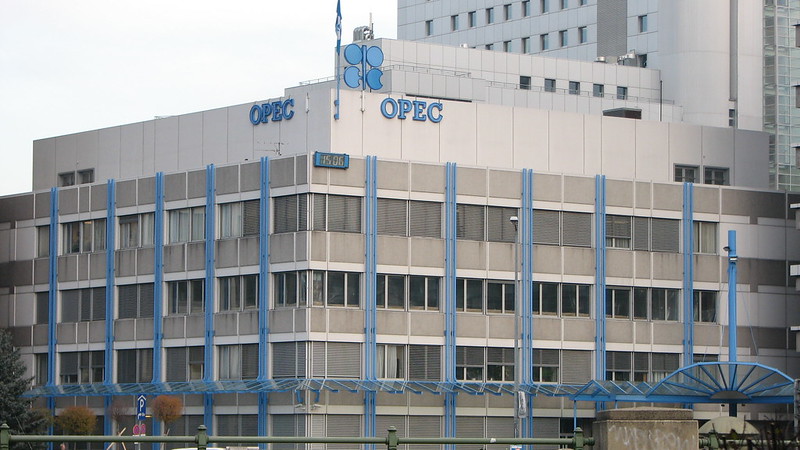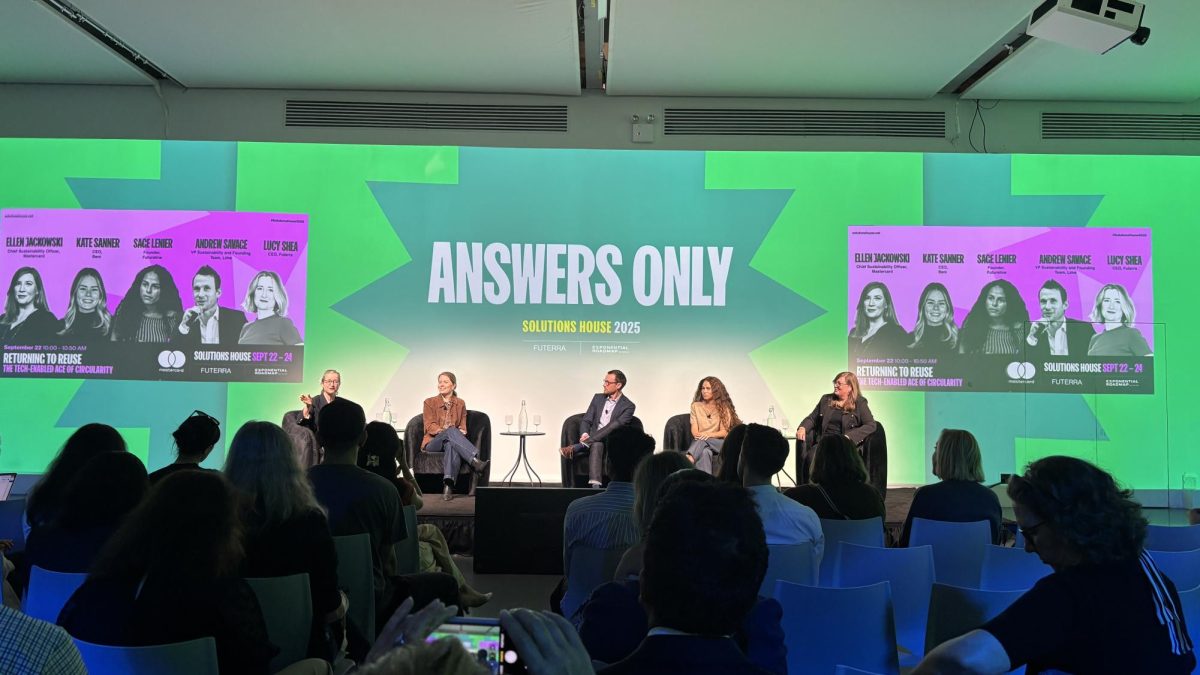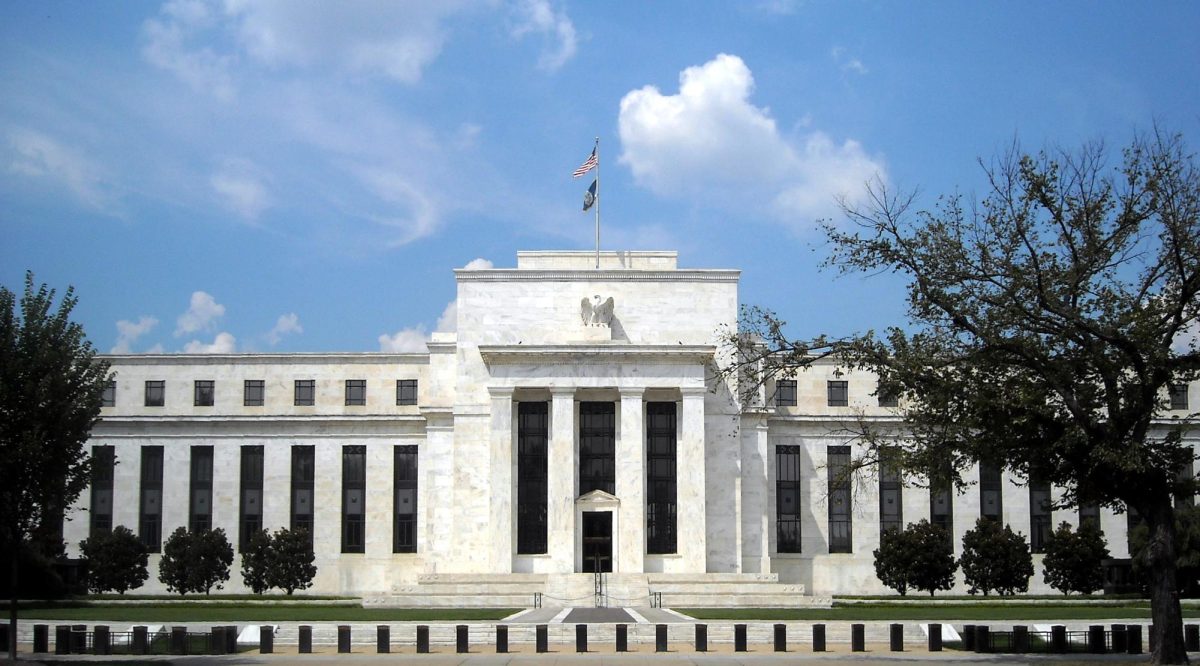The Organization of the Petroleum Exporting Countries raised its medium and long-term forecasts for global oil demand on Oct. 9.
In its 2023 World Oil Outlook, OPEC forecasted demand for crude to reach 116 million barrels per day by 2045 under its main scenario, a 16.5% increase from the 99.4 mbd in 2022.
OPEC pushed back against net-zero policies despite mounting concerns about addressing climate change. Additionally, it criticized the International Energy Agency for calling for a halt in new investment in fossil fuel production to attain carbon neutrality by 2050.
“Calls to stop investments in new oil projects are misguided and could lead to energy and economic chaos,” Haitham Al-Ghais, OPEC’s secretary general said.
In order to meet this demand, OPEC says additional investment in fossil fuel production will be needed, putting the figure at $14 trillion by 2045, even amid a rapid expansion of renewable energy technologies.
The primary driving force behind oil demand will be emerging and developing countries, with India leading the way. Current tensions in the Middle East are increasing oil prices; considering the region accounts for a third of global supply, Brent Crude jumped 4.1%.
However, despite this rise, Brent remains below its recent one-year high of $97.69. The price hike was relatively moderate compared to the gravity of the situation.
This implies that market participants presently perceive the conflict as having limited potential to disrupt global oil supplies in the near term.
However, there are anticipations of a rise in U.S. Treasury and bond yields in the event of an escalation of Middle Eastern tensions, particularly with Iran’s involvement, which could introduce volatility to oil prices as investors seek safer alternatives.
An extended conflict may exert upward pressure on oil prices. Energy analyst Saul Kavonic told the BBC that global oil prices have risen “due to the prospect of a wider conflagration that could spread to nearby major oil-producing nations such as Iran and Saudi Arabia.”
This was contrary to the technical analysis, which showed the current price of the daily Light Crude Oil futures contract standing at $85.92, surpassing both the 50-day and 200-Day moving averages of $85.00 and $77.58, indicating the short-term and long-term momentums were bullish.
In the complex world of global energy markets, OPEC is a dominant player. This involves considering the actions and reactions of member countries, as well as other global oil producers and consumers, employing game theory to determine the most advantageous course of action.
OPEC member countries — Algeria, Angola, Ecuador, Equatorial Guinea, Gabon, Iran, Iraq, Kuwait, Libya, Nigeria, Qatar, Saudi Arabia and the United Arab Emirates — act as a single supplier.
Members must cooperate and comply with production quotas to maximize their collective profits. They recognize that if they all reduce oil production together, they can effectively reduce the global supply, causing prices to rise.
However, if one member cheats, they can benefit from higher revenue — but this can lead to a price collapse if others retaliate by increasing production, too.
Moreover, increasing prices creates a greater incentive for members to engage in non-compliance and boost production.
This is due to the fact that at higher prices, the marginal revenue becomes more lucrative, offering a greater reward for increasing output, even in the presence of production restrictions. Simultaneously, the opportunity cost of complying also becomes greater.
Critics argue that while OPEC often claims its mission is price stabilization, its true interest lies in allowing the market to cycle between price rallies and sell-offs.
OPEC carefully times its production adjustments to exploit market dynamics. By assessing global demand and supply trends, OPEC can strategically raise prices without triggering excessive production from non-OPEC producers.
Maintaining the right balance is crucial in navigating complex energy markets and their far-reaching impact on both the global economy and geopolitics.









